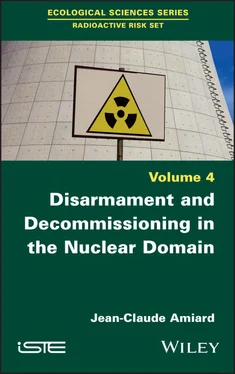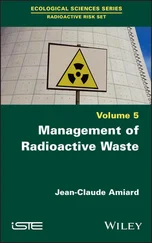In South Africa, the unstable political and security contexts that followed the splitting of Namibia paralyzed disarmament efforts, contributing to the proliferation of illicit small arms and light weapons, some of which were subsequently used as instruments of armed crime [DZI 17].
1.7.2. Other states that have renounced nuclear weapons
Switzerland committed itself very early on, as early as 1945, to the acquisition of nuclear weapons. This process of nuclearization was halted in 1968, when it signed the NPT, and was then definitively abandoned in 1988.
Swedish research on nuclear weapons began in 1945, conducted by the Swedish National Defence Research Institute (FOA, Forsvarets Forskningsanstalt ). In 1955, Sweden was well advanced in its research on atomic weapons. In 1958, the Swedish Parliament had to choose between two programs, L (Loading Program) and S (Protection Program), depending on whether or not it was producing nuclear weapons. In 1968, Sweden was preparing to test an atomic bomb but, for various economic and diplomatic reasons, the government decided to dismantle its military nuclear program to join the negotiation process that would lead to the signing of the Non-Proliferation Treaty [JON 01, JON 10].
Two South American countries, Brazil and Argentina, had secretly developed military nuclear programs [GOL 06]. Changes in political regimes, with the fall of the military and the takeover by civilians in both countries, led to a renunciation of the bomb in the 1980s. This led to the creation of a regional bi-national safeguards agency in 1991, known as the Brazilian-Argentine Agency for Accounting and Control of Nuclear Materials (ABACC) [GOL 18].
In 1991, at the time of the dissolution of the USSR, Belarus, Kazakhstan and Ukraine possessed nuclear weapons on their territory. These three countries became independent and returned them to Russia. Thus, an agreement was signed in 1991 (Budapest Memorandum) between Russia and Ukraine. Under this agreement, Ukraine received sovereignty and territorial safeguards and, in return, it returned its nuclear arsenal to Russia. The annexation of Crimea and continued Russian aggression on Ukraine’s eastern border directly defied this agreement [MEY 19].
The UN policy of non-proliferation has had mixed success as a number of countries (South Africa, Libya) have abandoned their military programs and signed the NPT. However, this policy has also suffered many setbacks since a number of states have acquired control of atomic bombs (India, Pakistan and North Korea), and this number is likely to increase in the short and medium term (Iran and Saudi Arabia).
International treaties are currently undergoing a serious crisis. For example, only one international treaty has been ratified (NPT), but it is on hold. In addition, nuclear deterrence is increasingly being challenged by some non-nuclear weapon states. This is the case, for example, for the Vatican, which no longer seems to accept the concept. In the face of this accumulation of negative facts, non-nuclear-weapon states have recently adopted the TIAN Treaty and 50 states ratified it on October 24, 2020 (mainly states from South America, the Caribbean, Oceania and Africa). It therefore entered into force on January 22, 2021.
The probability of an intentional or accidental explosion is increased today due to the considerable investment in nuclear weapons, their associated systems and their modernization. The increased reliance on automated false alarm detection systems also increases the risks. In addition, technological advances favor terrorists because their needs for specific expertise will be less. Therefore, to completely eliminate nuclear risk, the only solution is the total elimination of nuclear weapons [UNI 17].
Конец ознакомительного фрагмента.
Текст предоставлен ООО «ЛитРес».
Прочитайте эту книгу целиком, купив полную легальную версию на ЛитРес.
Безопасно оплатить книгу можно банковской картой Visa, MasterCard, Maestro, со счета мобильного телефона, с платежного терминала, в салоне МТС или Связной, через PayPal, WebMoney, Яндекс.Деньги, QIWI Кошелек, бонусными картами или другим удобным Вам способом.











